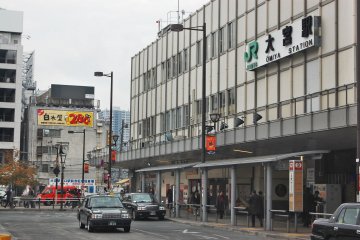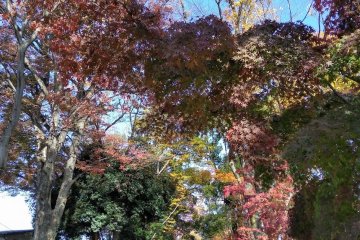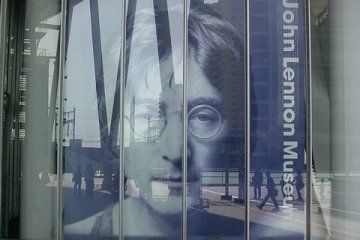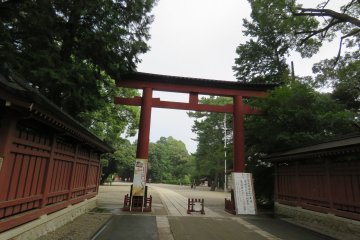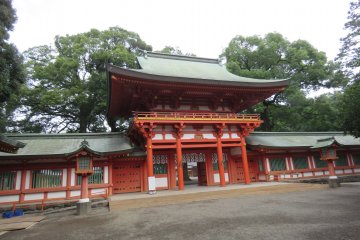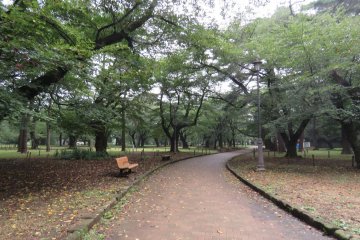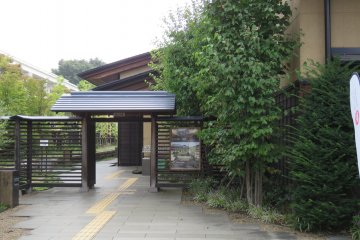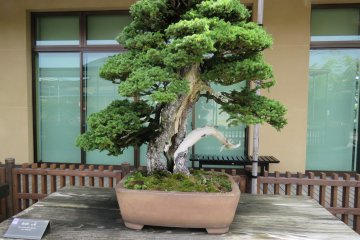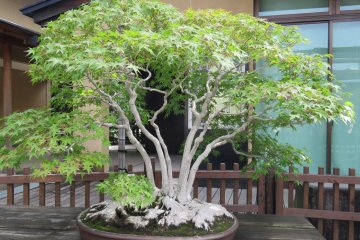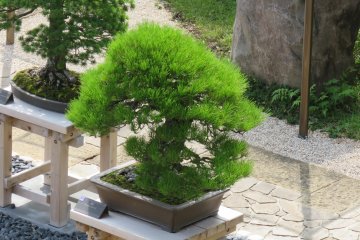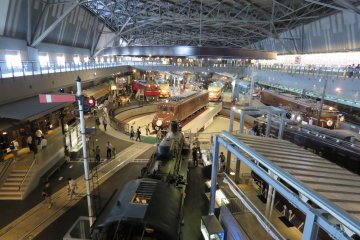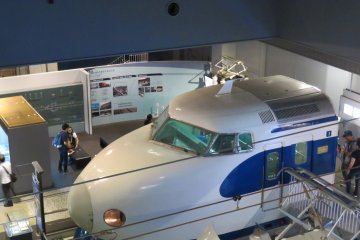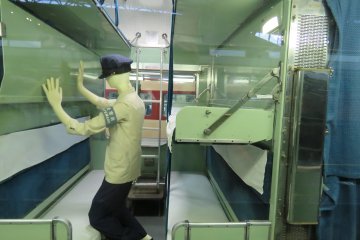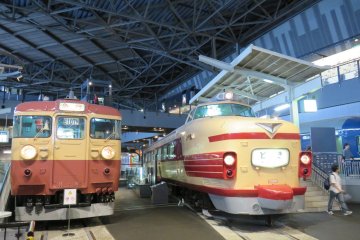While traveling throughout Japan by train there will be some cities that you only see from the window as you continue on your journey.
Omiya Station is one of those places that the bullet train stops as well as many of the rapids. I have passed through here probably a dozen times and wondered what was worth seeing.
The city is only a short distance north of Tokyo and is part of Saitama Prefecture. On a partly cloudy day I decided to do some exploring.
I mapped out a three-hour round trip walking course with my first stop being the famous Hikawa Shrine.
This “Great Shrine” has a very long history dating back to 473 BC, with some interesting legends.
The shrine has 59 branches in Tokyo and 162 in Saitama Prefecture. It is very large and because its location it is off the beaten path, you won’t see huge crowds like some of the more popular ones in Japan.
One thing you will notice walking up to the main entrance (tori gate) are its many beautiful trees. They provide a nice comfortable cover during the sunny days of summer. Up ahead is a small bridge crossing a pond leading to the main shrine.
Adjoining the shrine is the 168-acre Omiya Park, opened to the public in 1885. The park is in the top 100 sites for viewing cherry blossoms and is home to the Apricot Festival held in mid-February. There is a trail around a large pond and many beautiful open spaces to explore. At one end of the park is the Saitama Prefecture Museum of History and Folklore, at the other end is a zoo.
Continuing north for twenty minutes brings you to the Omiya Bonsai Art Museum.
From my early childhood I was always amazed at the intricate beauty of Bonsai trees. Opened in 2010, the museum covers the history of Bonsai, along with displaying a collection of masterpieces and artifacts. Bonsai literally means plantings in trays or pots.
There are several locations within the museum that will allow you to take photographs. Go up to the second floor balcony for some great shots of the beautifully landscaped Bonsai Garden.
This is a place you can visit more than once, because the Bonsai exhibits have four seasons. All the displays have an English explanation. Just a block away is the Omiya Bonsai Village, a neighborhood with many bonsai nurseries very popular among foreigners.
From the Bonsai Museum I walked for thirty-five minutes to the Railway Museum. Please note there are buses that run frequently to each of the destinations.
At Rollingstock Station within the museum there is a large display of various types of trains which you can board.
On the second floor you will find a library, train driver experience classroom, railway diorama, and a collection of train related items displayed along the corridors. Back on the first floor, do not miss the simulation area where you can test drive your conductor skills. For the kids there is a train library, a hands on miniature driving train, and the Teppaku Line, a miniature train you can ride on from Central Station to the North Station. If it is lunchtime you have several theme restaurants and food vendors onsite.
During the walk back along Highway 17 to Omiya Station I observed several nice train displays advertising the museum. There is a New Shuttle from Omiya station to the Railway Museum.
These are a just a few things you can do when visiting Omiya. An information booth is located at the center of the station where you can obtain English language brochures and maps.
The Bonsai Art Museum opens at 09:00 (300 yen entrance fee), and the Railway Museum is open at 10:00 (1000 yen entrance fee using your Suica Card).
Omiya is only 30 minutes from Tokyo Station and provides many interesting attractions that will keep you entertained.



